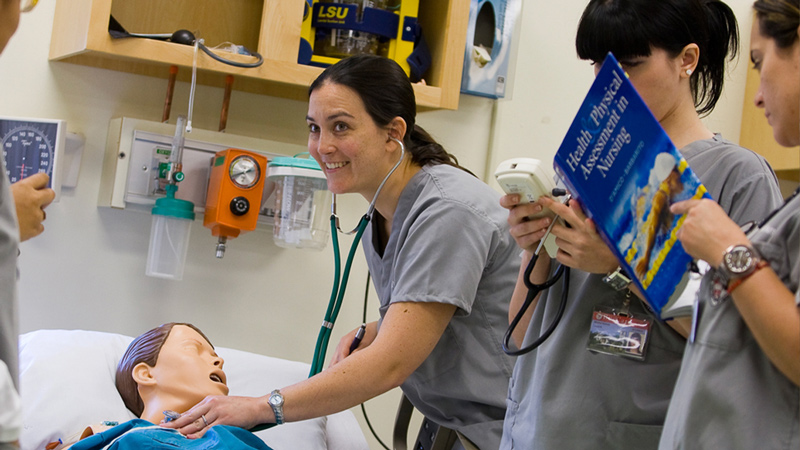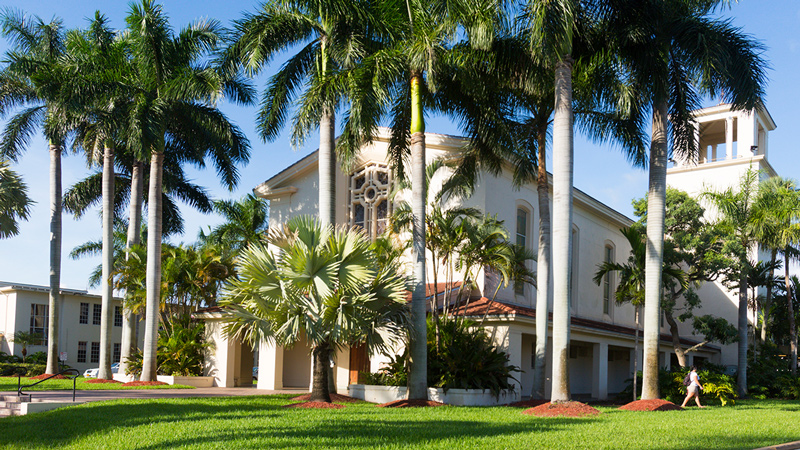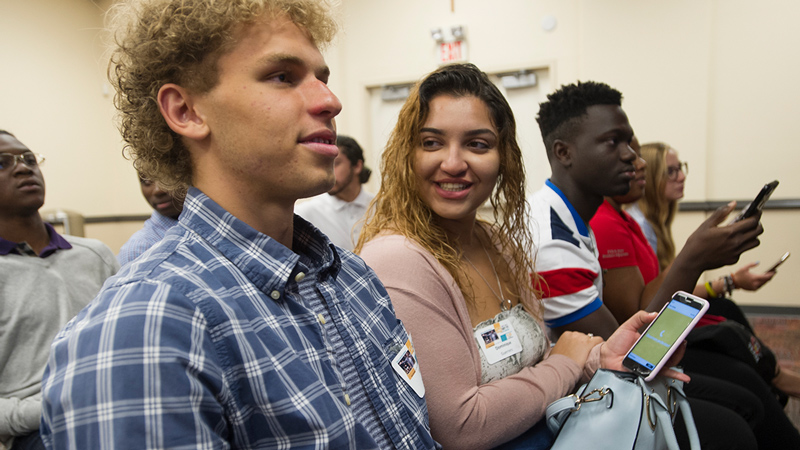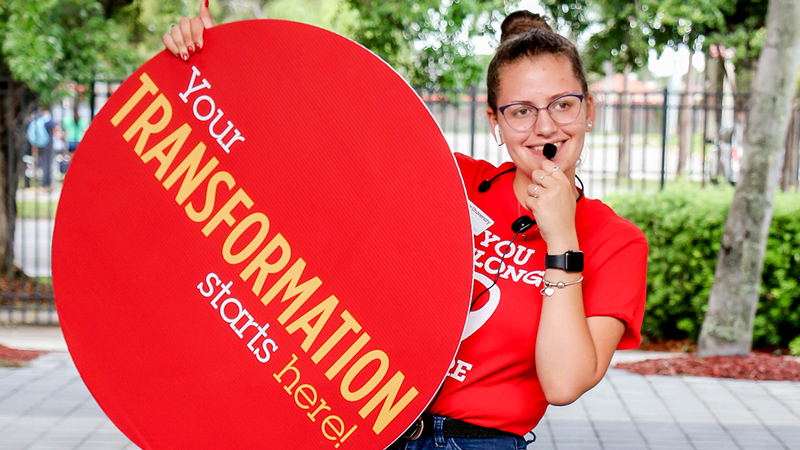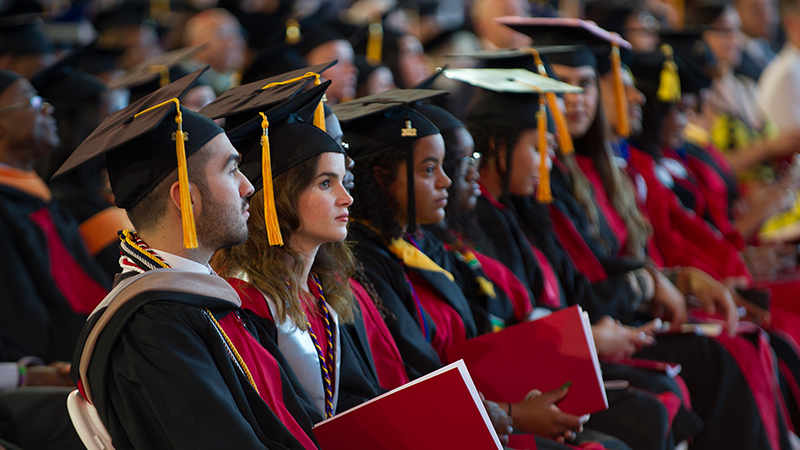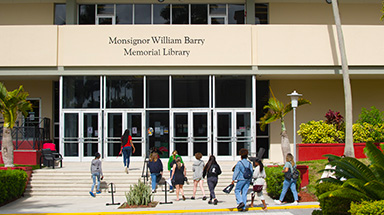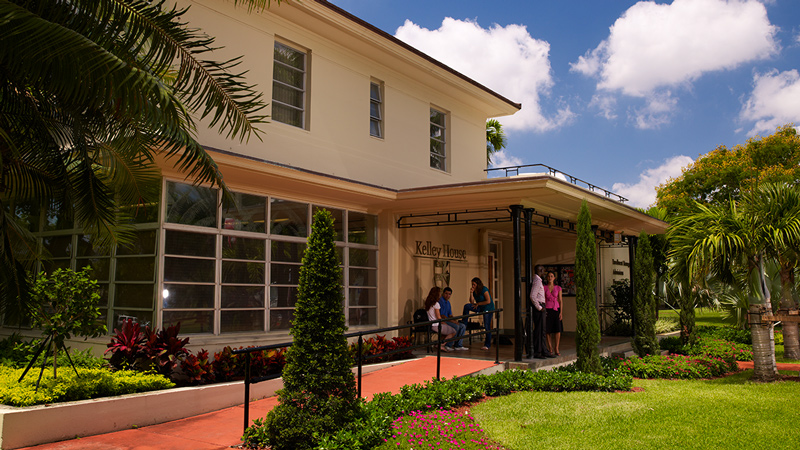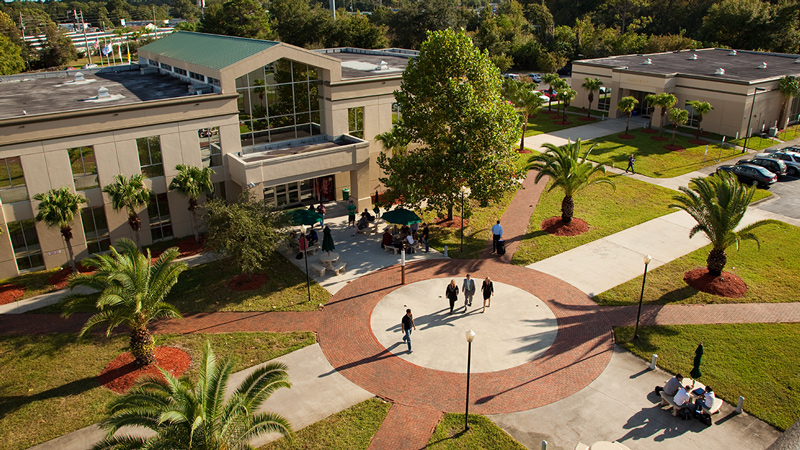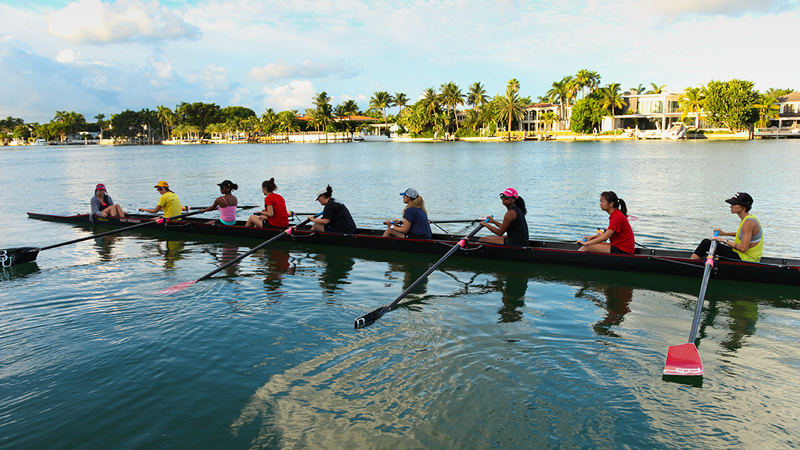Barry University participates in the William D. Ford Federal Direct Loan Program. Direct Loans provide students with a low-interest way to borrow money to pay for their higher education. The U.S. Department of Education is the lender for Direct Loans rather than a bank or other financial institution. Direct Loans are:
- Simple: You borrow directly from the federal government, who will assign your loans to a loan servicer. Typically all of your loans will be assigned to the same servicer, even if you receive Direct Loans at different schools.
- Convenient: You will have online access to your Direct Loan account information 24 hours a day, 7 days a week.
- Flexible: You can choose from a variety of repayment plans that are designed to meet the needs of almost any borrower, and you can switch repayment plans as your needs change.
Loans are awarded after your eligibility for grants, scholarship, and Federal Work-Study (FWS) are determined. Your financial aid package may include loans that are need based (subsidized) and/or non-need based (unsubsidized). Federal loans are offered for the maximum amount you are eligible to receive based on your dependency status and grade level. You may borrow less than the awarded amount, or not at all. Repayment typically begins 6 months after you graduate or drop below ½-time enrollment, whichever happens first.
Federal Student Loan Eligibility Requirements
In order to be eligible for a Federal Direct Loan, students must:
- Have a valid FAFSA on file
- Complete verification (if selected)
- Be degree-seeking
- Be enrolled at least ½-time (minimum 6 credit hours) each semester
- Be meeting minimum Satisfactory Academic Progress standards
